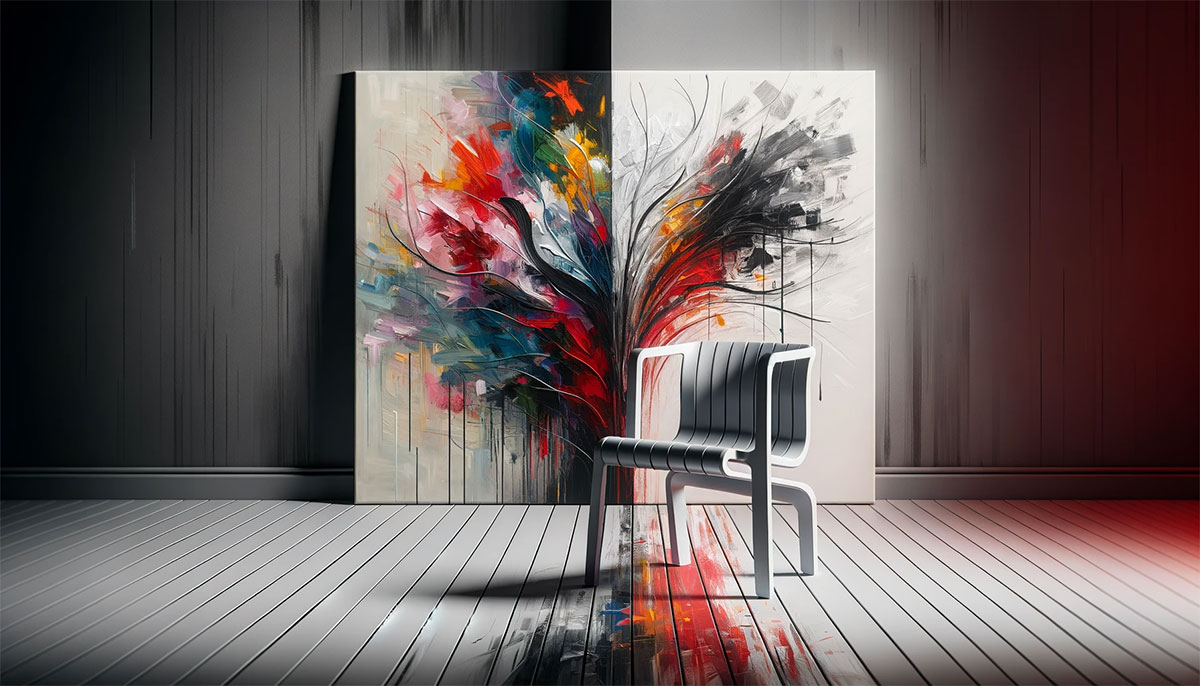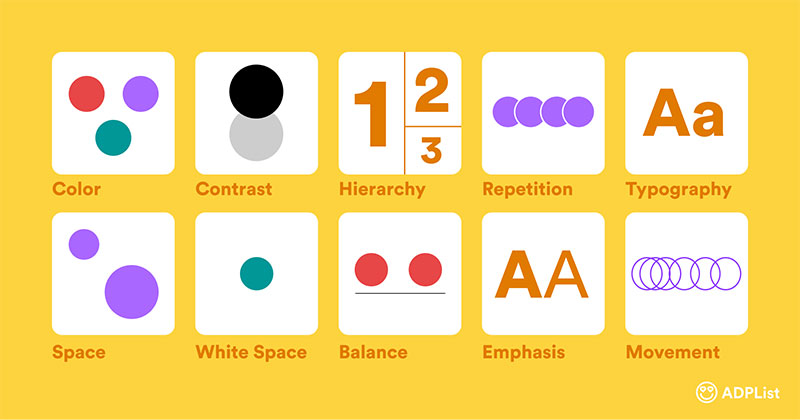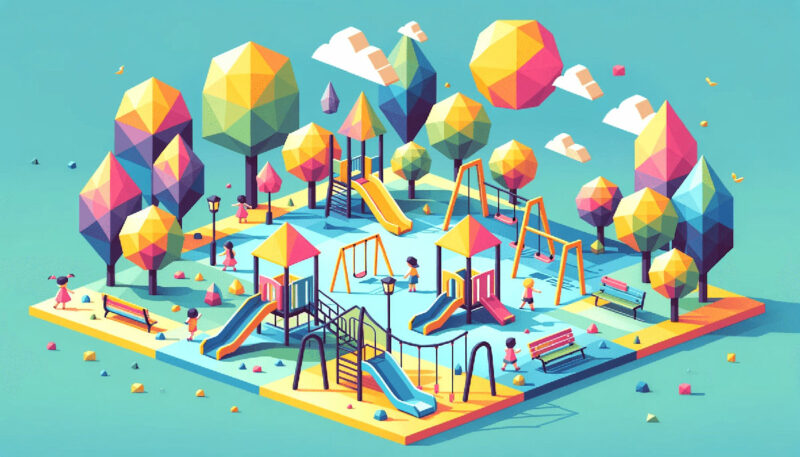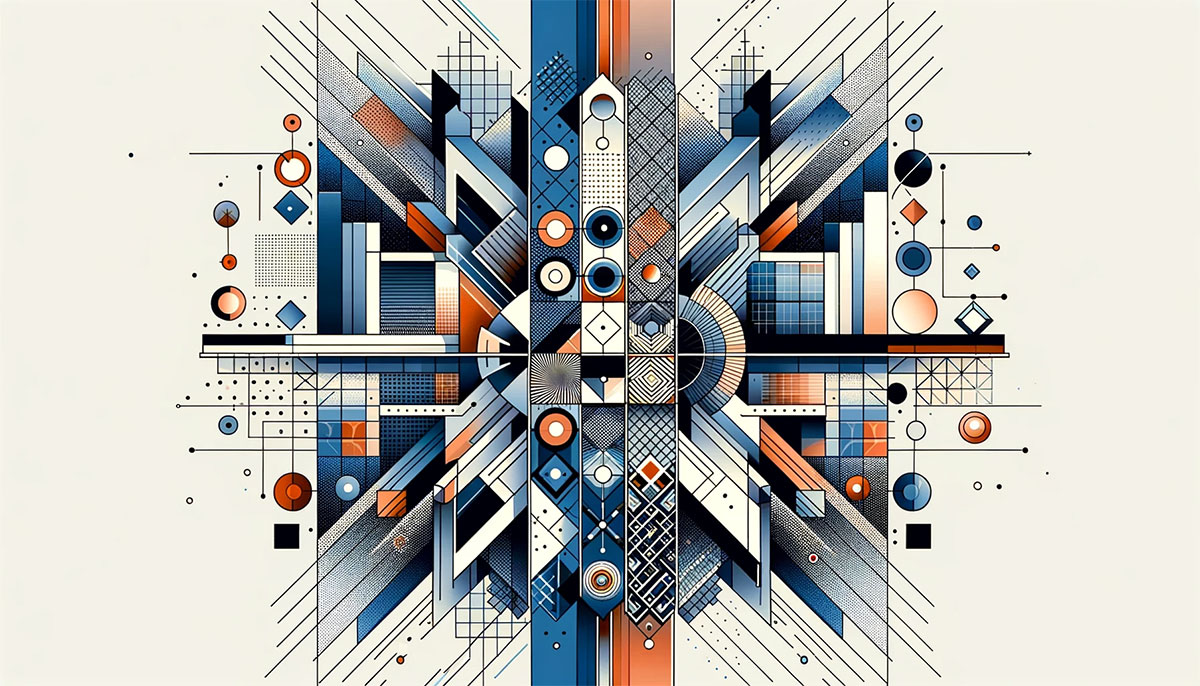Understanding the Difference Between Art and Design

Ever wondered about the fine line where art ends and design begins? It’s a question that sparks endless debates in coffee shops and design studios alike. Picture this: art and design, two sides of a creative coin, constantly blurring yet distinct.
Now, imagine unraveling this puzzle. Whether you’re an aspiring artist, a budding designer, or just plain curious, you’re in for a treat.
This article isn’t just a read; it’s a journey through the vibrant landscape of visual arts and the functional design world.
Here’s the scoop: We’re diving into the difference between art and design.
Expect a deep dive into the creative process, a peek into artistic expression, and a tour through the design principles that shape our world. Buckle up for a ride through art history and modern design solutions.
Defining Art and Design
What is Art?

Let’s kick things off by diving into art. Think of it as your personal canvas of expression. It’s all about letting those imaginative waves crash onto a beach of possibilities.
Art?
It’s that subjective slice of life that lets you say, “Hey, this is me, and this is how I see the world.”
Artistic expression takes many forms – a splash of paint here, a digital masterpiece there.
It’s like a language without words, where every stroke, every color choice, whispers a part of a larger story. But remember, what’s art to me might just be a random doodle to you – that’s the beauty of its subjective nature.
What is Design?
Now, switch gears to design. If art is a dream, design is the plan to make that dream work in real life.
It’s like an architect’s blueprint; it’s got to be spot on, functional, and yes, it can still be super creative. Design is about solving problems – making things easier, more efficient, and hey, maybe even more beautiful.
But here’s the thing about design principles: they’ve got rules.
You’re playing within a set of boundaries, thinking about the end-user, their needs, and how to make their lives better with your design. It’s objective with a clear goal in sight.
Key Differences Between Art and Design
Purpose and Intention

So, let’s break it down, the real talk about art and design. Starting with the why behind them. Art, it’s like your soul speaking.
It’s there to stir up emotions, make you feel something deep. It’s personal, right? A splash of paint, a twist in a sculpture, it’s saying something, maybe something only you get.
Flip the script to design. Think of it as your super practical friend. It’s got a job to do – solve problems, make life smoother.
Like, when you’re using an app and everything just clicks? That’s design, working its magic. It’s not just there to look pretty; it’s there to make things work.
Freedom vs. Constraints
Here’s where things get spicy – freedom and constraints.
Artists?
They’re like free birds, soaring wherever imagination takes them. No rules, no borders. It’s all about what feels right, what tells their story.
Artistic freedom? It’s the real deal.
Now, designers. They’ve got a map and they need to follow it. Think of design principles like a checklist.
You’ve got to tick off things like usability, functionality. Sure, there’s room to play, but you’re playing within lines, keeping it real with what’s practical and what’s needed.
Audience and Reception
Last up, let’s chat about who’s on the receiving end – the audience. With art, it’s like sending a message in a bottle.
You put it out there and whoever finds it, interprets it their way. It’s personal, subjective. One person’s masterpiece is another’s ‘meh’.
Design, though? It’s like writing a clear-cut letter. You know who you’re talking to. It’s all about them – the user.
Design solutions are tailored, like that perfect-fit pair of jeans. It’s got to make sense to the person using it, be it a website, a gadget, or a poster.
Similarities Between Art and Design
Shared Visual Principles

Alright, let’s switch gears and talk about how art and design are kind of like long-lost twins.
They might seem worlds apart, but deep down, they share some core stuff.
The difference between art and design isn’t always black and white.
Both art and design dance to a rhythm of visual principles – we’re talking shape, color, balance.
It’s like they both use the same toolbox but pick different tools for different jobs.
You see, whether it’s a wild painting or a sleek website, they’re playing with the same visual elements.
A designer needs a good eye for color and composition, just like an artist.
They both gotta know how it all fits together, making something that catches your eye and won’t let go.
Overlapping Skills and Techniques
Now, let’s chat about the skills these creators rock. There’s a bunch of overlap in artistic techniques and design methods.
Think about it – both artists and designers need to be top-notch at brainstorming, sketching, and bringing ideas to life.
They’ve gotta be creative thinkers, problem solvers, and have that magic touch that turns a ‘meh’ idea into a ‘wow’ reality.
It’s not just about what they create, but how they do it. Both fields demand a mix of technical skills and creative juice.
Whether you’re crafting a digital masterpiece or designing the next big app, you need that blend of innovation and know-how.
Storytelling and Emotional Impact
Here’s something cool – both art and design tell stories. They’re not just about looking good. It’s deeper.
They connect with people, stir emotions, make you think, or feel something. An artist might tell a story through a painting, while a designer might do it through a brand’s visual identity.
This emotional impact, it’s the secret sauce. It’s what makes a piece of art or a design memorable, relatable.
You remember that ad that made you laugh, or that painting that made you stop and stare? That’s the power of storytelling through visual means.
The Relationship and Interplay Between Art and Design
Historical Influence
Okay, let’s dive into the history books for a sec. Throughout time, the difference between art and design has been more like a dance than a duel.
They’ve been influencing each other for ages. Like, think about those classic art movements – Impressionism, Art Nouveau, Bauhaus – they didn’t just shape art; they molded design too.
It’s a two-way street. Designs have picked up tricks from art, and art has borrowed ideas from design.
Picture those sleek, minimalist Apple products – there’s a bit of modern art in there, right? And those funky, abstract paintings? You can bet they’ve inspired some wild web designs.
Modern and Contemporary Contexts
Fast forward to today, and things are even more intertwined. The difference between art and design in the modern world? It’s getting fuzzier.
With digital art, graphic design, and even virtual reality, the lines are blurring. Artists are using design tools, and designers are getting artsy. It’s like a melting pot of creativity.
We’re seeing a mash-up of skills and ideas. A designer needs to think like an artist sometimes, and artists are getting all techy with design software.
It’s a cool time to be creating stuff, whether you’re more into expressive art or practical design.
FAQ On Difference Between Art And Design
What’s the Core Difference Between Art and Design?
Art is your heart on a canvas, all about expression and emotion. Design? It’s more like a plan with a purpose, focusing on solving real-world problems. While art can be abstract and personal, design tends to be more about function and user experience.
How Do Art and Design Influence Each Other?
They’re like best buds, constantly inspiring each other. Art brings creativity and emotion to design, while design introduces structure and purpose to art.
This mutual inspiration has led to some seriously cool innovations in both fields, blending creative processes and design solutions.
Can Design Be Considered Art?
Absolutely, in many cases! When design transcends its functional roots and makes a strong emotional or aesthetic statement, it crosses into the art territory.
Think iconic Apple products or sleek, minimalist furniture – they’re functional but also have that artistic flair.
Is the Process of Creating Art Different from Designing?
Yes, and here’s how: creating art is often a freer process, driven by personal expression and interpretation.
Designing, on the other hand, usually follows a more structured approach, focusing on solving specific problems, often with the user in mind.
What Role Does Creativity Play in Both Art and Design?
Creativity is the lifeblood of both. In art, it’s all about originality and expressing unique perspectives.
In design, creativity is used to find innovative solutions to practical problems. Both require a creative mindset, but they apply it in different ways.
Are There Overlapping Skills Between Artists and Designers?
For sure! Both artists and designers need a keen eye for aesthetics, a knack for visual storytelling, and the ability to convey messages through their work.
Skills like sketching, understanding color theory, and composition are common ground for both.
How Has Technology Influenced Art and Design?
Technology has been a game-changer, blurring the lines even more. Digital art and design tools have opened up new avenues for expression and functionality.
From graphic design software to 3D printing, tech has expanded what’s possible in both art and design.
What Makes a Good Design Different from a Good Piece of Art?
A good design nails its purpose – it’s user-friendly, functional, and solves a problem. A good piece of art, though, doesn’t have to ‘solve’ anything.
It’s more about making you feel, think, or see something in a new way.
In What Ways Do Art and Design Impact Society?
Art impacts society by reflecting and challenging cultural and social norms. Design shapes the way we live, work, and interact with our environment.
Both have the power to influence opinions, behaviors, and even lifestyles.
How Do Education and Training Differ for Artists and Designers?
Education for artists often focuses on developing personal style and expression, exploring various mediums and techniques.
Design education is more structured, emphasizing principles of design, problem-solving, and often, user experience design. Both fields, however, value creativity and innovation.
Conclusion
Wrapping up, the difference between art and design is kind of like comparing clouds and clocks. Clouds, floating free, shape-shifting with no rules – that’s art for you.
Clocks, ticking with purpose, designed to tell time – that’s design in a nutshell. Both are essential, both are beautiful in their own way.
We’ve seen how art, with its artistic expression and emotional impact, paints the world in subjective hues. Design, on the other hand, brings its functional design and problem-solving skills to the table. But it’s not just about their differences.
It’s about how they shake hands, how visual arts inspire functional designs and how user-centric design can be a form of art.
Remember, whether you lean more towards art, adore design, or love both, each has its unique place. They challenge us, inspire us, and sometimes, they even blur into each other, creating something entirely new. That’s the beauty of the creative process – it’s a spectrum, not a divide.
So, next time you see a stunning painting or a brilliantly designed chair, think about the difference between art and design. And maybe, just maybe, appreciate the magic when they come together.
If you liked this article about the difference between art and design, you should check out this article about logo design principles.
There are also similar articles discussing typography elements, the psychology of shapes, symmetry in graphic design, and famous graphic designers.
And let’s not forget about articles on the Gestalt principles of design, visual hierarchy, graphic design movements, and Bauhaus graphic design.
- The Tecate Logo History, Colors, Font, And Meaning - 5 May 2024
- REM to PX Converter - 5 May 2024
- The Asahi Logo History, Colors, Font, And Meaning - 4 May 2024









